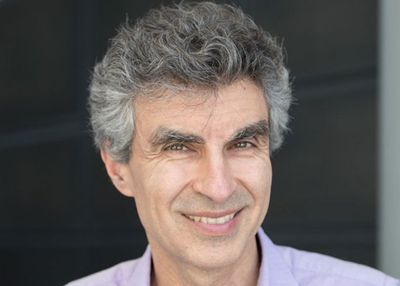COVID-19 research at MILA
ellis 01 April 2020 - 01 April 2020
Yoshua Bengio (Mila – Quebec Artificial Intelligence Institute)
Prof. Bengio presented the projects related to COVID-19 in his lab called MILA at Université de Montréal, Canada. His lab has recently published a survey of how different machine learning methods can be helpful to fight COVID-19. In particular, MILA is working on two main projects related to Contract tracing and drug discovery. It is known that tracing people using phones has a significant impact on controlling the infection rate of the virus compared with the current method based on interviews. MILA is collaborating with people around the world to develop a mobile app with high emphasis on privacy and machine learning. The app tries to find the intersection among paths of individuals using the bluetooth protocol and use this information to estimate the risk of infection for each person. The peer-to-peer exchange of information is used to preserve privacy by eliminating the need to upload trajectory information to a central storage or processor. Machine learning helps with combining several fuzzy pieces of information and estimates a person’s risk of infection. The belief of one phone about being infected depends on the belief of other phones over the past 14 days. This dependence encourages the use of algorithms such as loopy belief propagation such that several estimates converge to a consistent joint belief among all estimators. To take care of data scarcity, epidemiological models built using the collected data from COVID-19 can be used to generate data for pe-training the machine learning models of the app. MILA is also working on neural networks to predict the binding energy of candidate drugs with the target proteins which the virus needs. Such neural networks can be pre-trained by physical docking engines. In another project, an RL framework similar to AlphaZero is being developed that uses Monte Carlo Tree Search to find those drugs which are synthesizable. Low-cost simulators are used to estimate the reward for this RL algorithm which is otherwise hard to estimate by real biological experiments.
